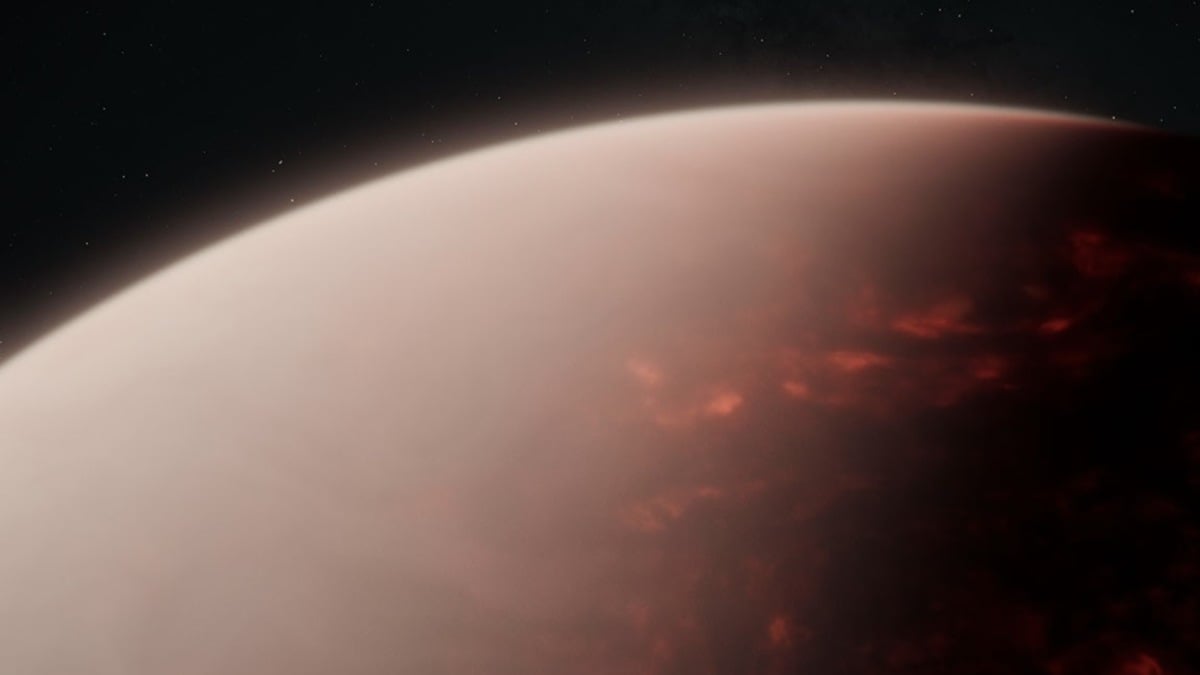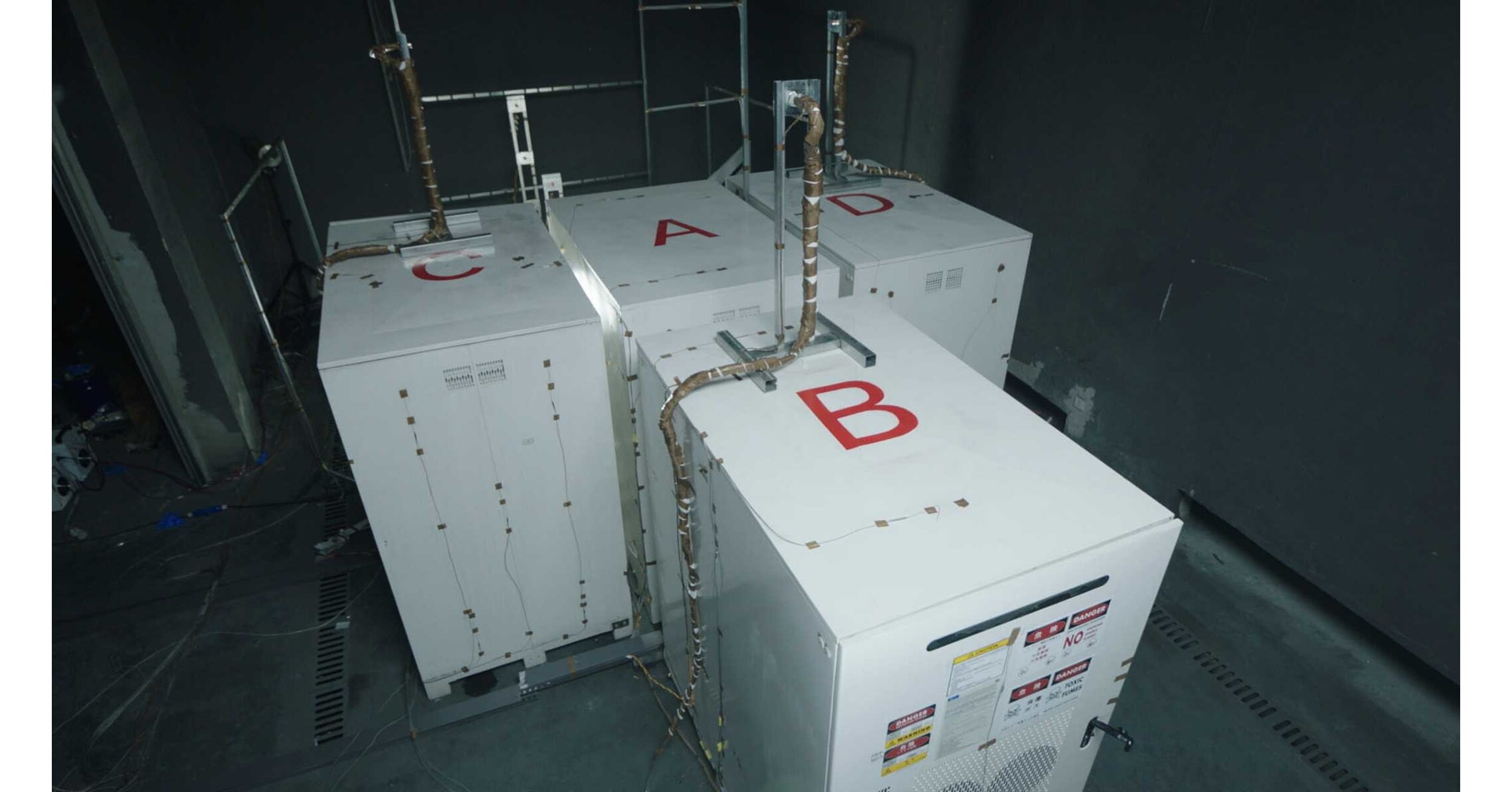- Interstellar comet 3I/ATLAS will safely pass Earth this Friday Euronews.com
- 3I/ATLAS Still Shows an Anti-Tail, as it Gets Closer to Earth Avi Loeb – Medium
- Comet 3I/ATLAS is getting greener and brighter as it approaches Earth, new images…
NASA’s James Webb Space Telescope has found the strongest evidence yet that a small, rocky planet outside our solar system has air, even though it orbits precariously close to its…






